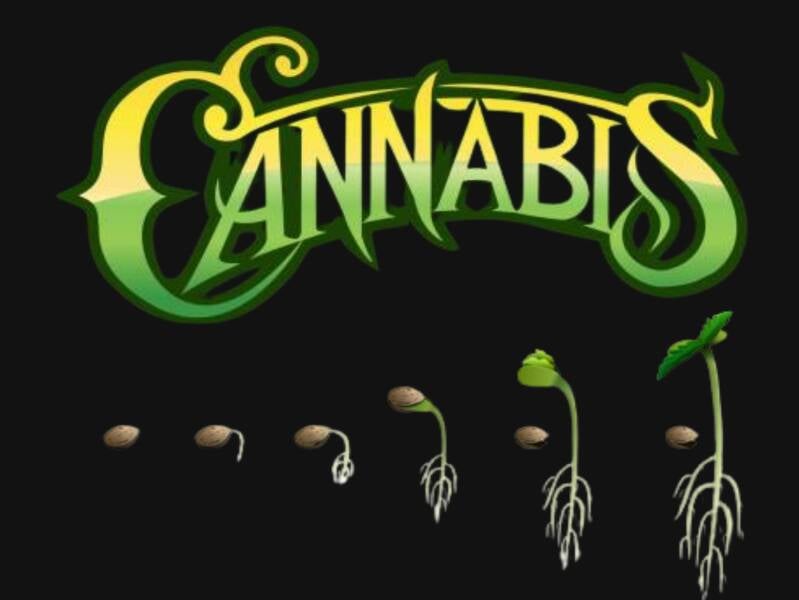Growing marijuana outdoors is an excellent way to ensure you always have a sufficient supply for yourself on hand. It’s also a lucrative way to make some money on the side.
Some growers may turn to indoor kits to get started. While these purchases are practical, they can be expensive because they offer more concealment and control over the final product.
If you have a safe space to try growing weed outdoors, we recommend giving it a go! A private garden, yard, rooftop, or terrace will work well.
While getting marijuana to bud outdoors won’t consume too much of your money or resources, it will take some patience and dedication. Here’s everything you need to know about growing marijuana outdoors.

Just like other crops such as cotton and potatoes, cannabis grows best in certain conditions. Different strains of cannabis will fare differently in various climates.
Consider the following factors when choosing which plant to grow in your backyard:
-
Soil
-
Rainfall
-
Genetics
Luckily, cannabis can tolerate a wide variety of climates due to the diversity of its genetics. However, each common strain has its preferred conditions:
Sativa
Sativa does well in areas located near the equator. Sativa’s bud and plant structure are airier than those of other strands. As a result, Sativa can handle high humidity and rainfall, which makes it great for growing in areas with a tropical climate.
Even with their ability to thrive in rainy and humid places, Sativa plants do have a drawback. Their flowering cycles are long, often lasting as long as 14 weeks. This long flowering cycle will be a setback in areas with harsher autumn seasons.
Indica
Indica plants originate from the dry and mountainous areas in the Middle East. They typically have a short and dense bud and plant structure.
Because of this design, indica plants grow well in colder temperatures. They won’t fare well in wet or humid environments, so it’s not worth wasting your time and energy attempting to grow them in a tropical climate.
Unlike Sativa plants, indica plants have a quick flowering cycle that finishes between 7 to 9 weeks. The short growth period makes them an excellent choice for growers in places with short summers and cold fall seasons.
Ruderalis
Growers often use Ruderalis when breeding auto-flowering strains and strains that are high in CBD. It can thrive in cold environments like Russia, Central Asia, and Alaska.
Decide between Seeds or Clones
You may already have decided on the right plant for your area, which is the first step. But now, it’s time to settle on a final decision. Think about how you want to start:
Do you want to grow seeds or clones?
Unsure of the difference? Read on to learn more.
Seeds vs. Clones
Choosing between seeds and clones is a crucial decision to make when growing. Though both will produce the final product you’re looking for, a lot of gardeners have a preference. There’s no right option, but seeds and clones both have their benefits and drawbacks.
Seeds
Seeds are the equivalent of starting from scratch. Typically, they are more robust when they are younger.
However, if you grow seeds, you won’t be able to pick male or female plants. To circumvent this issue, you can purchase feminized seeds, but they are typically more expensive.
Insider secret: Female plants are more desirable. They produce large, seedless buds that marijuana users consume. Seeded buds, which come from male plants, are thought of as lesser-quality cannabis.
So be careful if you use seeds because you won’t be able to tell if your plants have male or female reproductive organs until they have budded.
Clones
Unsurprisingly, a clone (also known as a seedling) comes from a mother plant. Its genetic information is identical to that of its parent organism. Growers use clones to replicate the success of their highest-yielding plants.
While it may seem ideal to use a clone, it can be a lot harder to get a clone to take root than it is to grow a seed from scratch. Seedlings can experience transplant shock. They need precise amounts of water, nutrients, and light to thrive.


Add comment
Comments